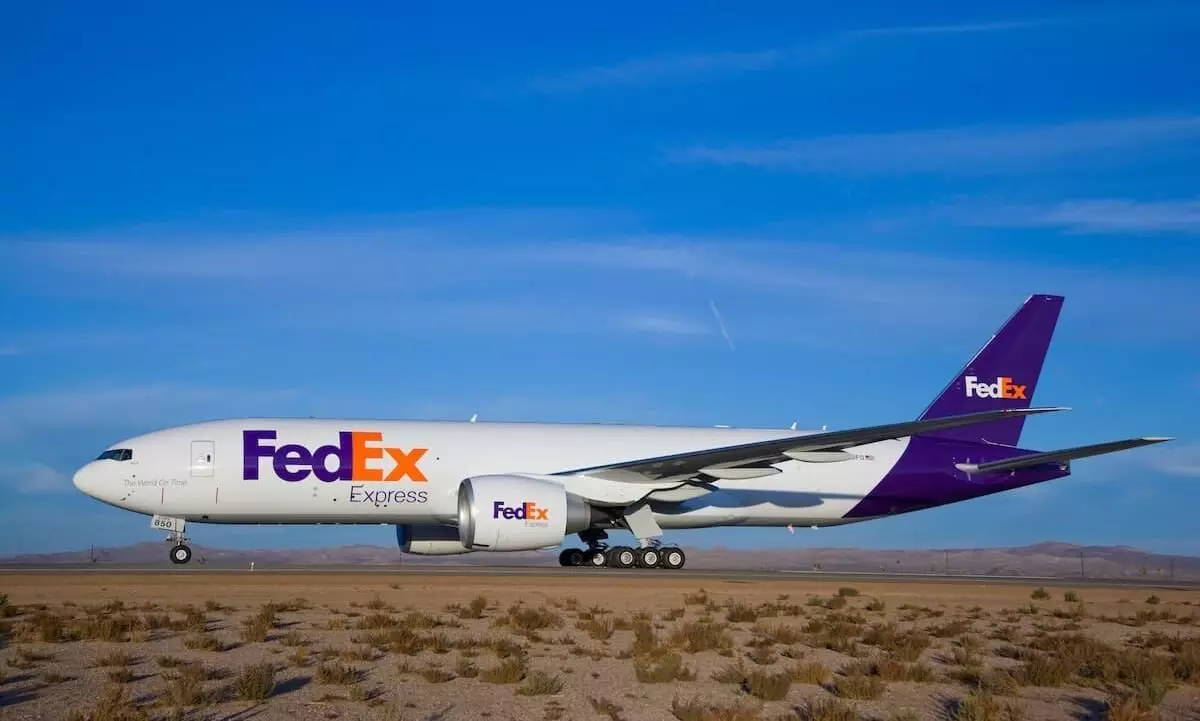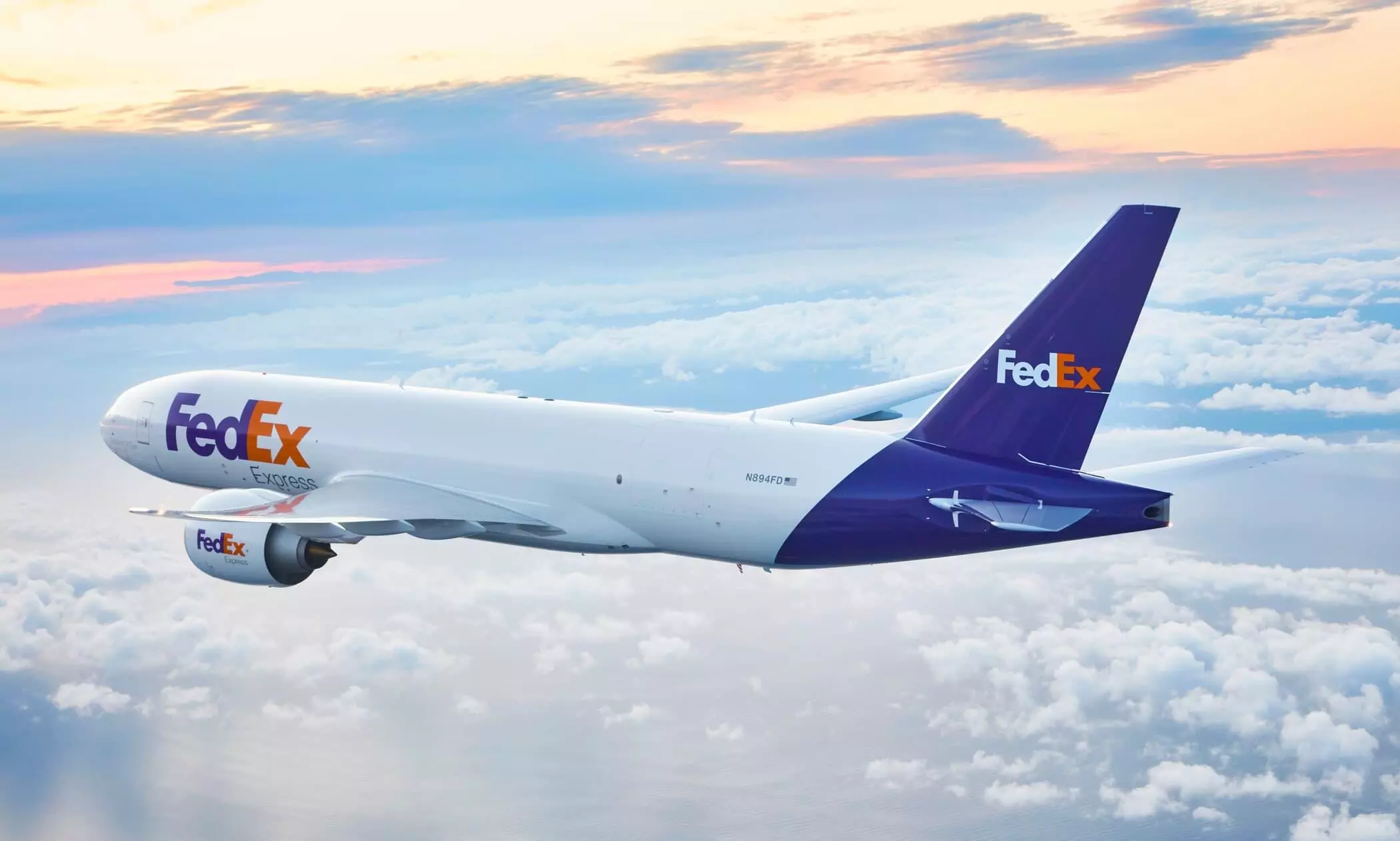
FedEx has 37 jets parked, aircraft capex to be reduced
Capital expenditure for third quarter (ended Feb 29, 2024) came in at $1.4bn, bringing year-to-date capex to $4bn

FedEx currently has 37 jet aircraft parked, which is up from 20 last quarter, and is planning to retire nine more MD-11s in the last quarter of the current financial year.
"We also continue to expect aircraft related CapEx to decline to approximately $1 billion in fiscal year 2026," says John Dietrich, EVP and Chief Financial Officer, FedEx. "And we expect CapEx as a percentage of revenue will keep declining in the future as we reduce our facilities’ footprint through Network 2.0 and continue to plan for lower annual aircraft CapEx beyond fiscal year'26."
Capital expenditure for the third quarter (ended February 29, 2024) came in at $1.4 billion, bringing year-to-date capex to $4 billion. "And we now anticipate capital spend of $5.4 billion for the full year, which is down over $700 million from last year and down $300 million from our prior forecast of $5.7 billion," adds Dietrich.
Raj Subramaniam, President and CEO, FedEx says: "It is my top priority to continue to make the changes necessary to align our air network with an evolving demand environment and unlock the full profit opportunity. While we have made progress at Express this quarter, there are several areas we're aggressively working to address in order to accelerate profit improvement; service mix, network utilisation, continued inflation and other cost headwinds.
"First with respect to the service mix. We're seeing a clear international market shift towards deferred services. This is tied in part to the rapid growth of many of our e-commerce customers where we are a critical enabler of global trade offering unique solutions for our customers. Second, weakness in global trade continues to constrain demand in our international business, which has remained challenged for longer than expected. As such, we're continuing to proactively realign our air network to match capacity to demand."
FedEx had five percent fewer flight hours in the third quarter, according to Dietrich. "When you're not flying airplanes, you're able to avoid certain maintenance costs. The air ops team is doing an exceptional job of managing its cost for aircraft undergrounded, whether you're using what's called green time on engines that are available, limiting your inventory purchases and so forth."
Brie Carere, Chief Customer Officer, FedEx said overall air freight market yields decreased between 30-40 percent in calendar year 2023, and "that is not going to repeat next year."
Tricolor in focus
Tricolor is a fundamental redesign of FedEx network, says Subramaniam, to improve the utilisation of assets, "our return on invested capital (ROIC), profitability and our operating margin. First and foremost, our overall capacity will be determined by the demand environment, and Tricolor will allow us to better flex our capacity to mass demand.
FedEx is breaking its network into three categories - purple, orange and white - "and that will cater to the different cohorts of traffic. The idea is to move the right product and the right network while reducing the cost to serve.
"The purple network will be a highly optimised and leaner network designed to move international priority parcel volume that protects our value proposition in different geographies. This network now becomes much more parcel-centric, will have significantly better service but also density, and that density will improve the revenue proposition and revenue per flight.
"Turning to the orange network, that will cater to the premium freight traffic. And these are FedEx planes that will operate off cycle from the purple system, which allows two things. Firstly, it allows us the ability, once again, to maximise density and asset utilisation. It also decongest hubs and improve service. Most importantly, it allows a truck fly truck model that reduces the cost to serve. And in this context, it should be noted that we are fully leveraging the existing capacity in our trucking networks in the U.S and Europe.
"It should be noted that 20 percent of the global air freight shipments approximately drive about 80 percent of the weight, which is a primary target for freight forwarders. We're going to focus on the other 80 percent that will readily work with the model I described."
The white network, according to Subramaniam, then is primarily the use of passenger belly capacity to move lower yielding e-commerce and deferred track. "So, these three networks working in concert with high technological orchestration is what we call Tricolor. It helps the baseline productivity, it improves our existing asset utilisation and makes the entire system more efficient. And we're going to manage the execution of Tricolor with the rigour of DRIVE and ensure success."
Fedex Federal Corp from June
In June 2024, FedEx Express, FedEx Ground and FedEx Services will consolidate into Federal Express Corporation.
Subramaniam says: "I think two words kind of describe this move, one is efficiency, the other one is effectiveness. I think we are looking forward to the structure that actually moves us forward on both fronts. And I think at the end of the day, this transformation efforts will set us up to drive improved performance and profitability over the long term."


